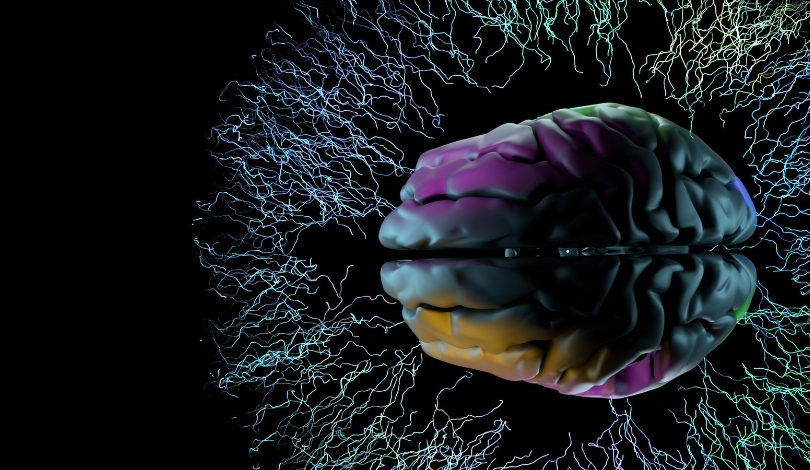Artificial intelligence tools for generating video content have advanced rapidly, but until now, convincing audio tracks have been difficult to synthesize with precision. Aiming to address this challenge, Tencent’s Hunyuan lab recently introduced Hunyuan Video-Foley, a technology that creates lifelike, synchronized sound for AI-generated videos. The new model produces audio tracks that not only match the action visually, but also align with the intended mood described by accompanying text prompts. Industry observers are monitoring this step as an attempt to bridge the perceptual gap between AI-generated visuals and conventional multimedia experiences. Improvements in immersive AI content could open up further creative opportunities while reducing post-production workloads for entertainment professionals.
Earlier reports on AI-driven video-to-audio models focused on limited databases and often suffered from audio-track mismatches that audiences noticed as jarring. Efforts by other companies rarely produced satisfactory synchronization between on-screen events and generated sounds. By developing a large, curated dataset and prioritizing both visual cues and descriptive text inputs, Tencent’s model appears to achieve more accurate results according to current benchmarking and listener studies. These refinements mark a shift from predominantly text-based audio synthesis, as used in previous solutions, to an approach that values multimodal input equally.
How did Tencent address video-to-audio synthesis challenges?
Tencent’s Hunyuan team tackled common problems in video-to-audio generation by collecting a comprehensive dataset of 100,000 hours of video, audio, and text, filtered to remove low-quality content. This initiative enabled Hunyuan Video-Foley to learn from richer, higher-quality examples. The group also engineered the model’s architecture to prioritize the visual layer before referencing text prompts, improving both timing and content selection for generated sounds. To ensure audio quality, a “Representation Alignment” training method was used to compare results against professional-grade audio features, further refining the system’s output.
How was the model tested against alternative systems?
Comparative evaluations involved both automated metrics and human listener studies, which consistently found Hunyuan Video-Foley’s audio to be more in sync and better matched to on-screen events than previous models. Objective scores and subjective ratings indicated improvements in audio clarity, timing, and contextual accuracy. Listeners reported that scenes felt more lifelike and immersive, closing the gap between AI-generated and traditional Foley work.
What does Tencent see for industry applications?
Tencent emphasizes potential benefits for a range of sectors, including film, animation, and gaming. The group made its framework available as open-source software, signaling a commitment to supporting professional content creators.
“This tool empowers creators in video production, filmmaking, and game development to generate professional-grade audio,”
the Hunyuan team stated on social media. The company adds,
“Our aim is to make automated Foley accessible for a variety of content creation needs.”
Widespread adoption will depend on further industry testing and integration with other creative tools.
Hunyuan Video-Foley stands out for organizing its workflow to analyze inputs from multiple modalities and leveraging a well-curated training database. For professionals and companies exploring AI-assisted audio production, careful dataset curation and balanced model architectures appear critical. Integrating methods that combine visual, audio, and text elements promises results closer to human post-production standards. As similar models emerge, competitive benchmarking and transparent open-source access remain important for evaluation and improvement across the sector.










